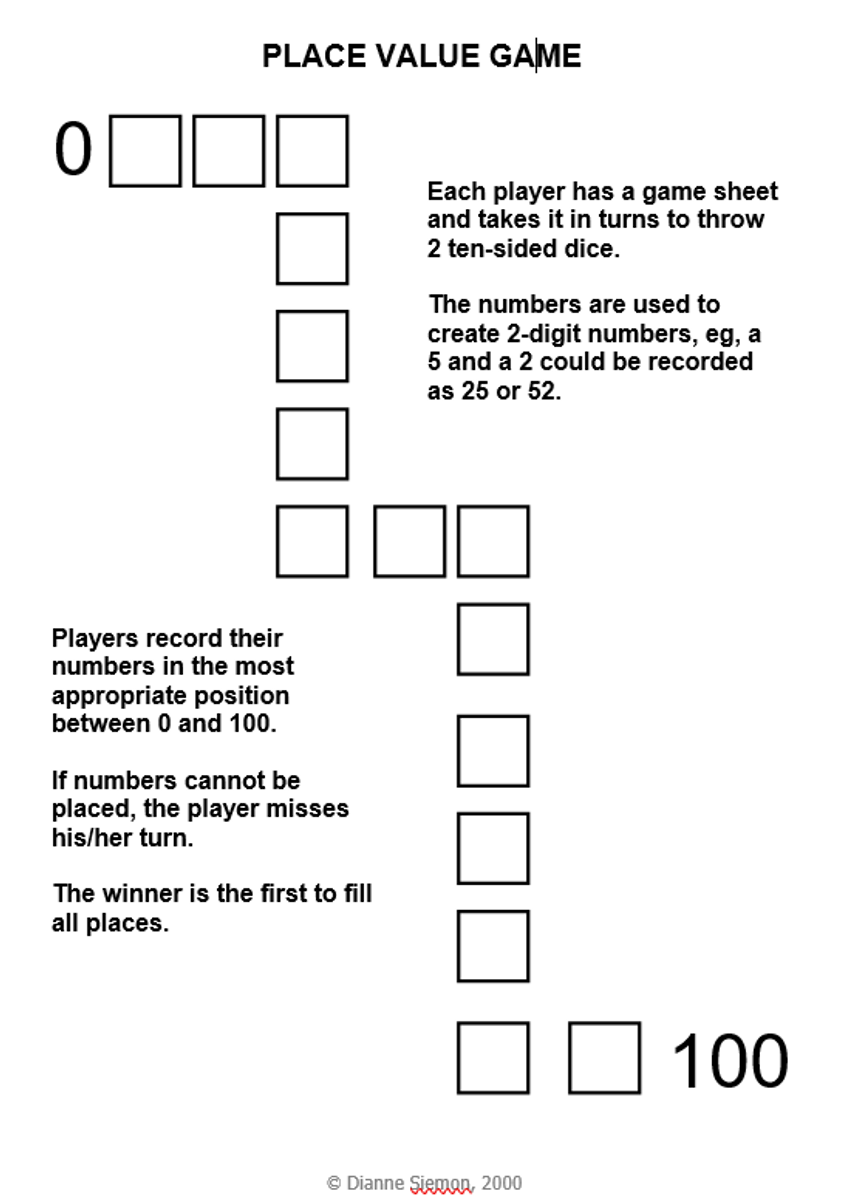Mathematics

In the previous newsletter we put a spotlight on the contents of the Mathematics Curriculum in Victoria for Levels 5 and 6. In this edition, we bring you two classic Maths games as well as some ‘Esti-Mysteries’, which you may have encountered on display in the corridor earlier this year. We hope you can spend a few minutes looking into this innovative resource.
Problem Solving: Esti-Mysteries
What are Esti-Mysteries?
Esti-Mysteries are a fabulous way for students to engage in problem solving. The ‘Esti’ part of the word means estimation. Esti-Mysteries have been designed by Steve Wyborney, an incredible Mathematics Educator from the US who has created them to extend students’ mathematical thinking and estimation skills.
How to use Esti-Mysteries?
Students are introduced to an image and encouraged to quickly estimate how many items there are in the image. They then read the first clue and change their estimate based on this new information. Each subsequent clue is read and a new estimate guessed each time, meaning there are less and less possible answers. After reading the last clue, there should be only one possible answer. It can be interesting to calculate how far away the initial estimate was from the actual answer.
In Grade 3 we have provided students with the opportunity to explore some of the Esti-Mysteries pictured below.
What Maths Skills can my child learn using Esti-Mysteries?
Steve Wyborney’s website https://stevewyborney.com/category/esti-mysteries/ has hundreds of Esti-Mysteries catering from Foundation to Grade 12! Students will need to utilise a number of skills, which vary according to whichever age group the Esti-Mystery is aimed at. For example: estimation, odd and even numbers, tens and ones, skip counting, knowledge of multiples and square and prime numbers.
Esti-Mysteries for Grades 1-3
Esti-Mysteries for Grades 3-6
Year 1-3 Family Game Time- Place Value Game
Family Game Time- ‘Nasty’
Nasty is a great 3-player game. You can still play in groups of 4 though you will just have two middle numbers. Else you can play in groups of 2 with a higher and lower number. First draw a grid each like the ones below. One player rolls a 0-9 dice and all players record the digit in one of the 6 boxes. Each player takes a turn to roll the dice and all players record that number in one of the boxes. Once all 6 boxes are complete, each player adds to find the score. See the scoring system above the grid.
Variations: To make this game easier, use a standard 1—6 die. To make it more difficult, make it a game of adding two 4-digit numbers.
If there is anything specific you would like more information on, please don’t hesitate to contact us via the office or email us via Compass directly.
Go Maths!
Vicki Tzimos and Lee Giddings (34V)










